Least bad weeds for compost
marmiegard_z7b
15 days ago
Featured Answer
Sort by:Oldest
Comments (19)
klem1
15 days agomarmiegard_z7b
15 days agoRelated Professionals
Wrentham Landscape Architects & Landscape Designers · Beavercreek Landscape Architects & Landscape Designers · Summit Landscape Architects & Landscape Designers · Wareham Landscape Architects & Landscape Designers · Pottstown Landscape Contractors · Cary Landscape Contractors · Columbine Landscape Contractors · East Patchogue Landscape Contractors · Fort Atkinson Landscape Contractors · Laguna Hills Landscape Contractors · Las Vegas Landscape Contractors · Secaucus Landscape Contractors · West Covina Landscape Contractors · Detroit Decks, Patios & Outdoor Enclosures · San Diego Decks, Patios & Outdoor Enclosuresfloraluk2
15 days agolast modified: 15 days agomarmiegard_z7b
15 days agofloraluk2
15 days agolast modified: 14 days agoklem1
15 days agobeesneeds
14 days agoklem1
14 days agorosaprimula
6 days agolast modified: 6 days agoannpat
5 days agobeesneeds
5 days agoannpat
5 days agoklem1
5 days agoannpat
4 days agolast modified: 4 days agoklem1
3 days agoannpat
2 days agolast modified: 2 days agoklem1
2 days agomarmiegard_z7b
yesterday
Related Stories
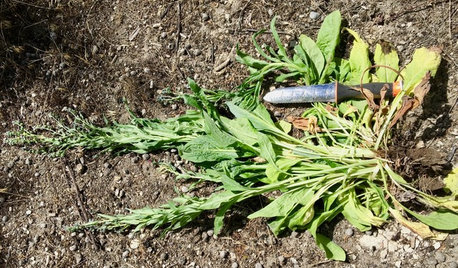
GARDENING GUIDESZen Weeding: The Smart Way to Weed Your Garden
Be mindful about keeping weeds from taking hold in your yard by knowing when and how to get rid of each type
Full Story
GARDENING GUIDESGet on a Composting Kick (Hello, Free Fertilizer!)
Quit shelling out for pricey substitutes that aren’t even as good. Here’s how to give your soil the best while lightening your trash load
Full Story
GARDENING GUIDES5 Weed-Smothering Ground Covers
Let these landscape plants do the dirty work of choking out weeds while you sit back and enjoy the view
Full Story
EDIBLE GARDENSNatural Ways to Get Rid of Weeds in Your Garden
Use these techniques to help prevent the spread of weeds and to learn about your soil
Full Story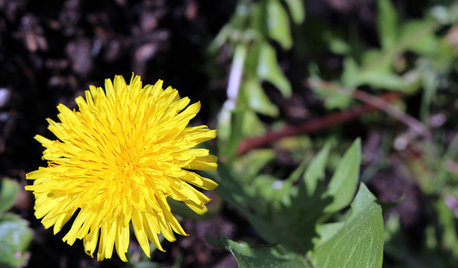
GARDENING GUIDESWhy Your Garden Might Be Full of Weeds
Tired of battling unwanted plants? These surprising reasons for weediness point the way to cures
Full Story
GARDENING GUIDES5 Ways to Naturally Win the Weed War
Show irksome weeds no mercy with these tricks for combating them sans chemicals
Full Story
GARDENING GUIDESGreat Design Plant: Bugle Weed, a Quick Ground Cover
It’s highly adaptable, suppresses weeds, reduces erosion and provide weeks of bright flowers. Just watch for invasiveness
Full Story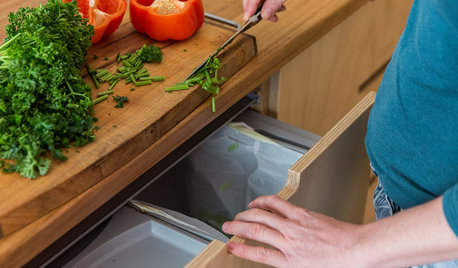
KITCHEN DESIGNWhy You Might Want to Give ‘Bokashi’ Composting a Try
Turn kitchen scraps into gardening gold with this low-maintenance, space-saving method
Full Story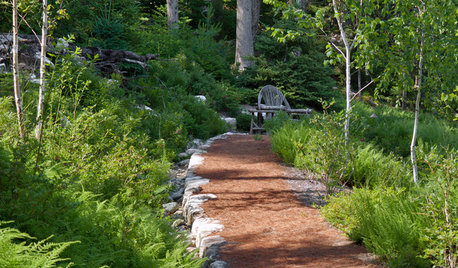
GARDENING GUIDES5 Things to Know About Weeding and Mulching Your Native Garden
What’s the best time to pull weeds? How thick should the mulch be? Here’s the scoop for a healthy landscape
Full Story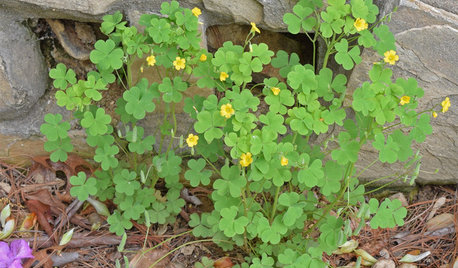
GARDENING GUIDESWhat Your Weeds May Be Trying to Tell You
An invasion of weeds can reveal something about your soil. Here’s what is going on and what to do about it
Full Story






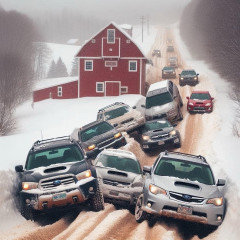




marmiegard_z7bOriginal Author